“I can get you to look at something that matters to you, something you care about, in a way you never thought about before”: Neil Gaiman and Allan Heinberg on The Sandman
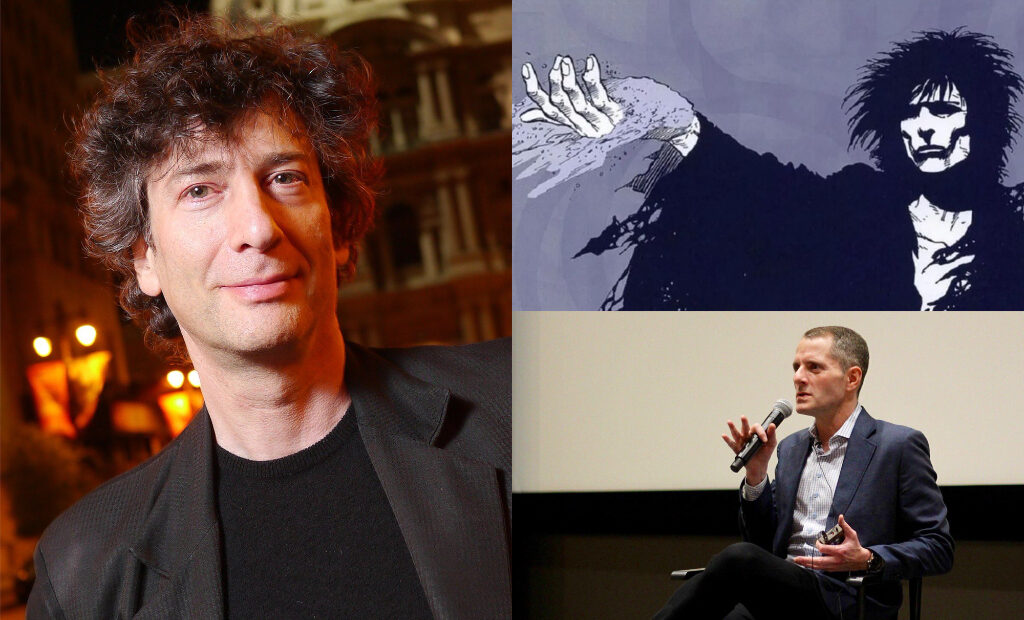
The Sandman is a fantasy drama based on the comic book series written by novelist, Neil Gaiman and published by DC Comics. The Netflix adaptation delivers ten chapters brimming with dark fantasy and myth as the story follows the capture of Morpheus (the King Of Dreams) and the fall of his realm, until he escapes imprisonment. As he navigates a journey to restore his kingdom, he crosses paths with a tidal wave of characters.
The Upcoming had the pleasure of speaking to the original creator Neil Gaiman and show runner Allan Heinberg about remaining true to the original graphic novel, the filming process and the challenges of bringing this epic tale to the screen.
What made you decide it was the right time to bring The Sandman to screen? And why as a series and not a film?
Neil Gaiman: Sandman is owned by DC Comics so I have no control over what happens to Sandman and what is made, but the main thing, actually, is that you have 3,000 pages of story and you’ve got two hours of film. It would be the same if someone said “You have all the Game of Thrones books and now let’s make a two-hour movie out of it.” You start asking, “What are you throwing out? What falls apart? And what isn’t there?”. By the time you’ve finished doing it, it’s either not Sandman or it feels like someone’s grabbed you by the shirt and told you all the good bits as fast as they possibly can. So, the good thing about this was when David Goyer talked to Warners about his version, and it was about doing Sandman as a streamer and having me on board overseeing it, then David and I brought Allan on and we became the three musketeers on this show.
What were some of the challenges of bringing it to the screen?
NG: I think the biggest challenge was it started as a comic, not as prose, which meant you really had to not only address the story but that people who know the comics have a visual track in their heads – the way they imagine these people to look and the way the places look – and you’re never going to quite give them that. So that, for me, was the biggest challenge.
Allan, what was your plan in making The Sandman such a great show?
Allan Heinberg: I have been a fan of Neil and The Sandman my entire adult life; I let my love of it guide every creative decision. We were careful to make the show for fans and and people who knew and loved Sandman, but also make a version that didn’t require you to have ever read a comic book or know who Neil Gaiman is. I was lucky to have Neil there every step of the way and have an incredible group of writers. Everyone who worked on the production was a Sandman fan and carried the books around with them everywhere and couldn’t wait to bring this universe to life in a way it had never been realised before – and I think that’s what translates to screen.
Can you describe the moment when you started seeing The Sandman coming to life in the comics, and where it all sparked from?
NG: I can indeed. I was phoned by DC Comics and they said “We’d like you to write a monthly comic.” In October 1987 we had the first hurricane to hit the UK in many hundreds of years, and I was living in a little town in the middle of Ashdown Forest and I narrowly missed being linked by falling trees on my way home that night. The village was cut off and we had no power – no electricity for a week, so I got to spend that week working by daylight and by candlelight at night, thinking about Sandman, and it gave me a wonderful way to think about things. By the time the lights came on again, I wrote my proposal, my outline, I sent it off to DC and they accepted it.
You’ve written so many fantasy novels and many others with supernatural elements – what do you love most about creating those kinds of stories?
NG: What I love most is that I can take you to things you’re familiar with from a direction that you’re not familiar with; I can get you to look at something that matters to you, something you care about, in a way you never thought about before. An example of that, for me, would be in episode six of Sandman, where I get to talk about death. By bringing a character who is Death into it we can think about death in a different way: I can look at two people meeting in a pub every hundred years and start to talk about time and history and what changes in humanity and what doesn’t, and why friendship matters. I can do it in a way that is absolute truth because it contains real emotional truth, but obviously it’s made-up – it’s a fantasy.
With such a story based on fantasy, were there any breakthroughs in technology that allowed you to do more with the production that say five or ten years ago?
AH: We actually made a decision to move away from technology from the very beginning, because Sandman looks so much like a fantasy epic but so much of it takes place in our world. We were all very committed to doing the most grounded version of Sandman – our directors doing everything on practical sets and on camera whenever we could. We really wanted the actors to give performances in real locations, which they wouldn’t have been able to do if we were always up against a green screen. So places like Desire’s threshold, which is an otherworldly place – you’re inside someones body in the comic book – that was a real set we spent months building, and it makes all the difference in terms of what you get from the actors. And Lucifer’s hell, it took months to build. We had an amazing apex team – a lot of the magic was in-house and then we used CGI and the effects to enhance that.
How fun was it to include little easter eggs with references to other comics in the scenery?
NG: So much fun! Everyone got in on the game. That was the thing that made me happiest: it was everyone involved, up to and including the set decorators. In episode one, in Burgess’s manor, there were all these shelves, and they’d found and put together duplicates of all of the physical objects from David McKean’s cover of Sandman number one: an egg and an hourglass, a cat statue… You’re never going to notice it unless you watch the episode on freeze frame to find that.
Did you have a favourite moment with the cast?
NG: Mine was three days ago in San Diego because I’d never been together with that whole cast before, mainly because of coven, but also the way we shot this – none of us had all been in that space before. It was magical discovering we were all friends; it was a family and there we were, getting our photo taken, watching all these different dynamics. You’ve got Mason Parks teasing Tom Sturridge in exactly the same way Desire would tease Dream, and you think, “We cast this one right.” Or Kirby being the sensible one, calming everything down and Gwendoline Christie towering above us all as a beacon of sensibleness, but also knowing she must have a darker side because no one is that nice. She really enjoys being Lucifer.
Allan, what was it like to work with Neil Gaiman?
AH: It’s been a complete dream come true to work with Mr Gaiman. I spent almost every day with him for the past three years, so he’s become a trusted friend and collaborator. If my 19-year-old self knew how this would end up, he wouldn’t have believed it – I have wanted this job since then.
Some of the characters have their own productions – like Constantine and Lucifer, both played by dominan, male characters. How did it work for you in terms of audience reaction for actresses Jenna Coleman and Gwendoline Christie?
AH: In terms of Lucifer, in the comic book, it’s built that Morpheus is meeting Lucifer Morningstar for the very first time; the audience is meeting Lucifer Morningstar for the very first time. This is a character that Neil Gaiman created, so if we had cast any of the actors that had previously played Lucifer, that would not have had the same impact on the audience and it would not have had the same impact on Morpheus. We would have been more familiar with Lucifer than with The Sandman. It would have worked against us in terms of how that entire episode is built.
NG: I also think Tom Ellis as Lucifer – he’s wonderful, but he’s a lovely rogue with a heart of gold, and a cheeky chappy. He’s lovely but you wouldn’t have gone, “Morpheus you are in big trouble.” And Morpheus is in big trouble, and episode four shows it. If we get a season two, it would begin with the confrontation with Lucifer going to a new level. We wouldn’t have had that thing with Tom because people would have had to accept that he was playing a character with the same name and some of the same background, but a much, much darker and more dangerous version of that character. So, it was easier to go back to the version in the comics, and that was the version Gwendoline gets to look like – that’s the version she gets to play.
Ezelle Alblas
The Sandman is released on Netflix on 5th August 2022.
Read our review of The Sandman here.
Watch the trailer for The Sandman here:

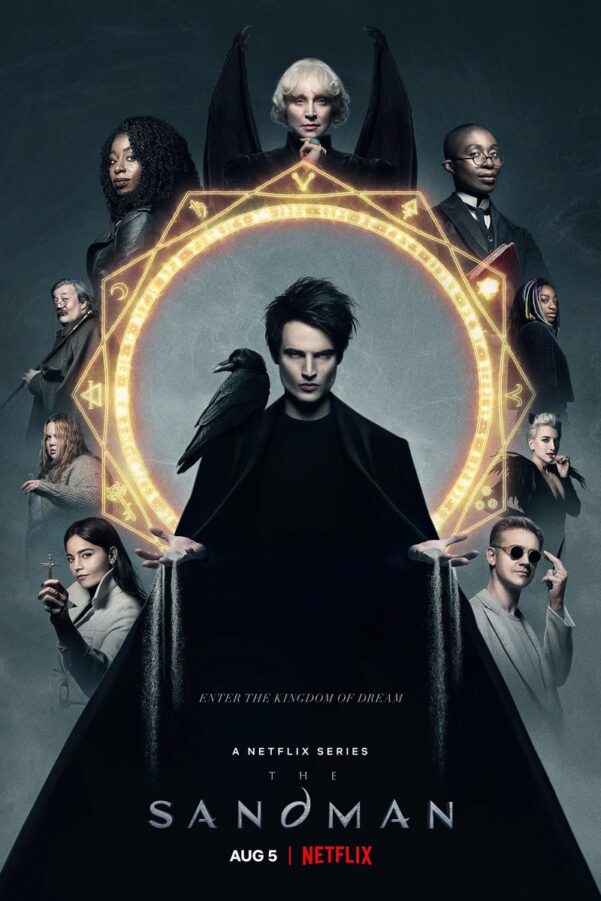
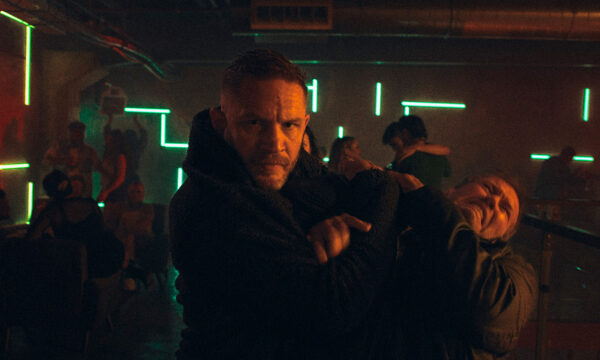
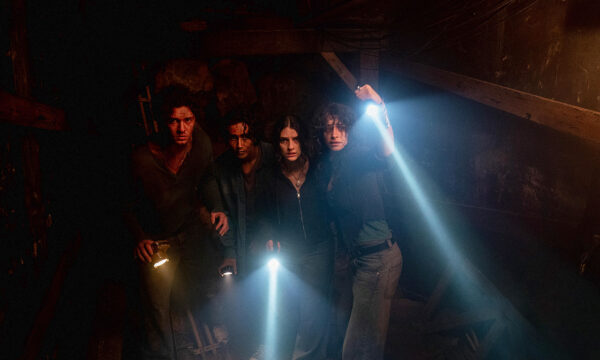
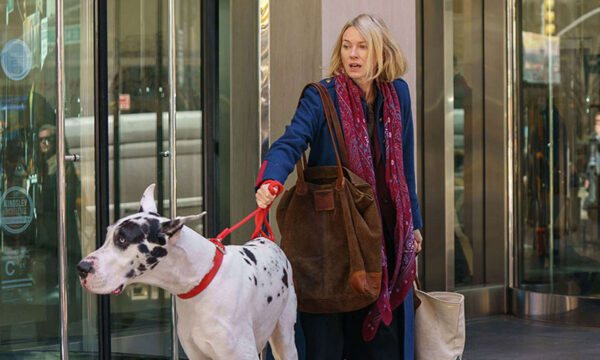
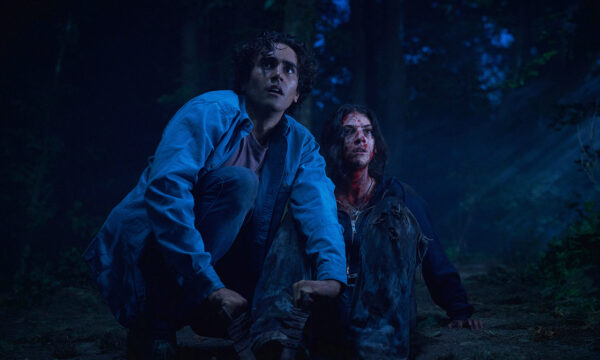
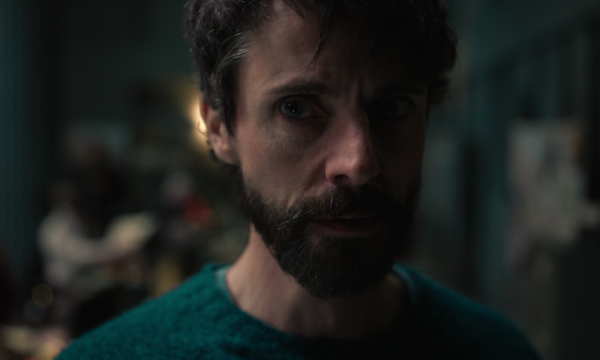
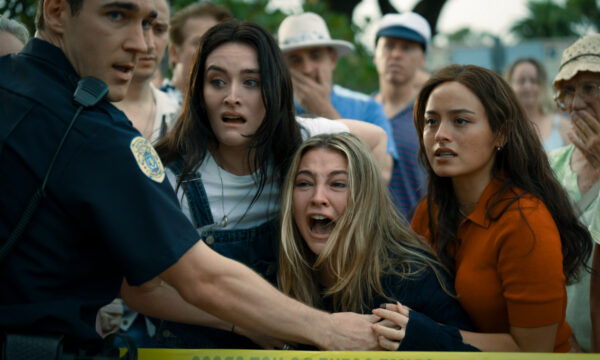
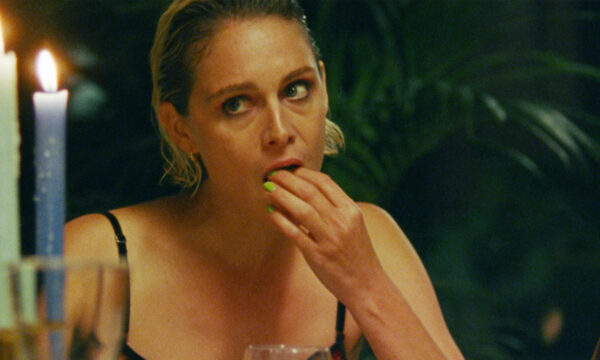
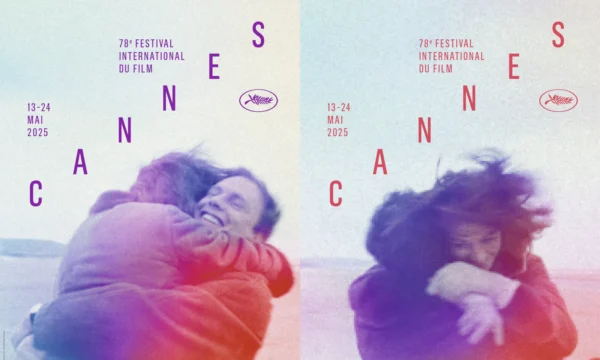
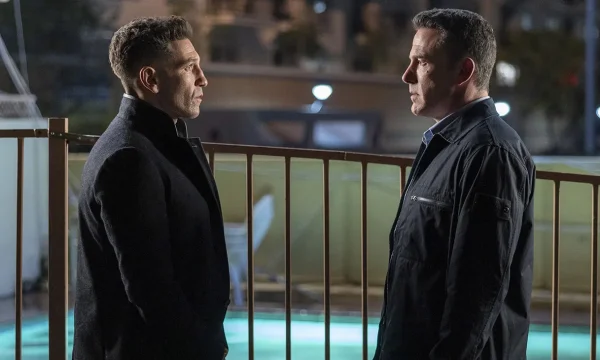













Facebook
Twitter
Instagram
YouTube
RSS